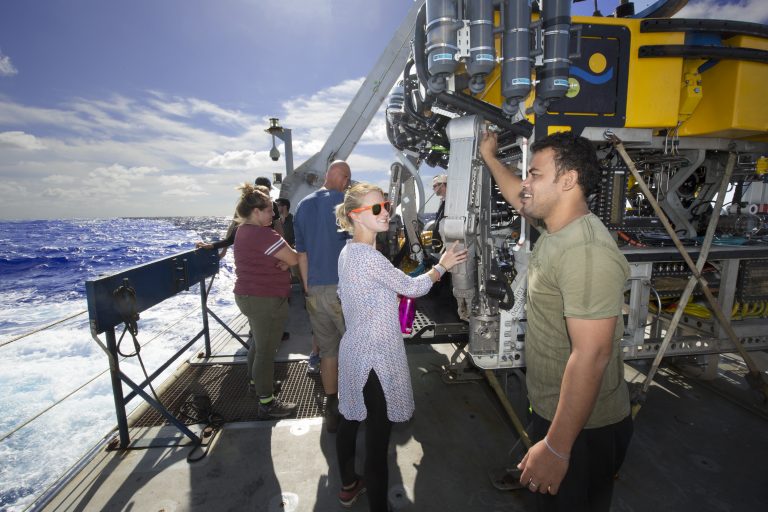No place on planet Earth is free from human impact. Indeed, it is nearly impossible to study how animals have evolved in their natural environment in the absence of humans.
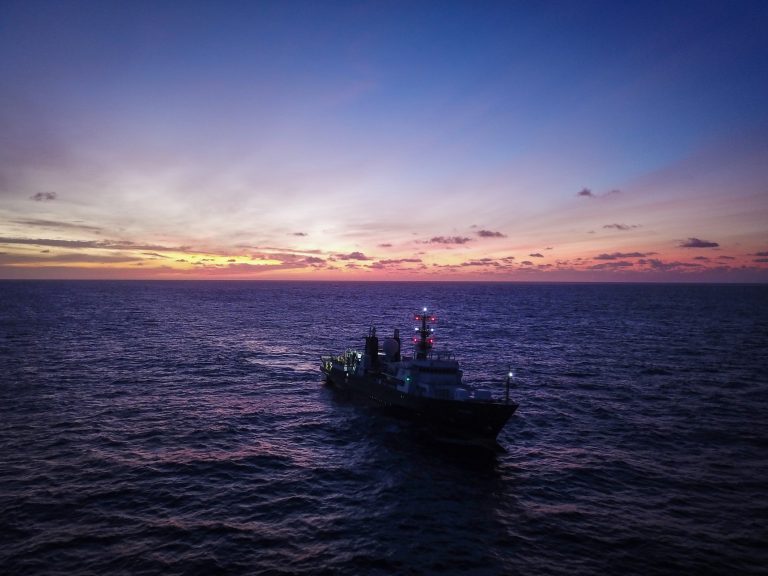
The Crucial Organisms You Cannot See
A critical component of an animal’s habitat are the organisms you cannot see with the naked eye: the microbes. As a scientist who studies the interaction of animals and these microbes, many people ask me about the microbial world in relation to animal health and disease. One crucial reason animals thrive on Earth is because of their interactions with the microbial world. An animal’s immune system communicates with microbes in order to fight infection, maintain homeostasis, and heal wounded tissues. Consequently, microbe-immune system interactions influence reproduction, regeneration and survival.
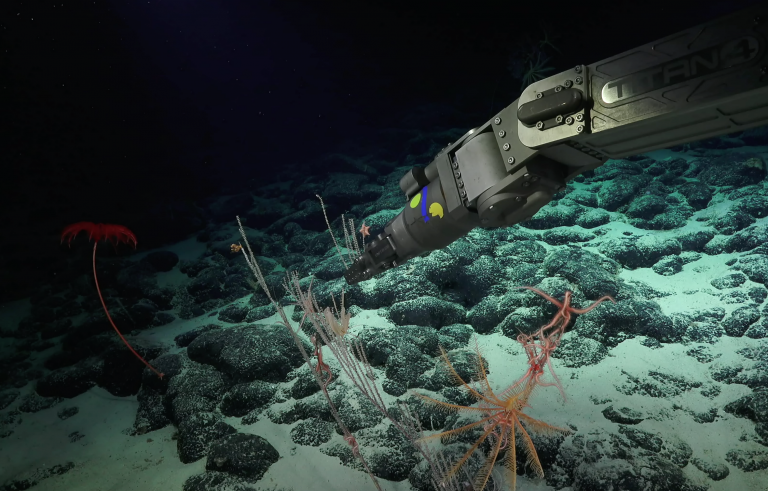
A Rare Opportunity
The effects of human impact on ecosystems and their microbial communities has been profound in a short period of evolutionary time – only a century or two. As a researcher, I am interested in how the immune systems of animals interact with microbes in their environments today, and how these interactions have shaped the evolution of immune systems. A great, natural experiment is to study remote locations on the planet. One such environment that remains relatively free from human impact is the deep sea. As a microbiologist on the R/V Falkor’s expedition to the Phoenix Islands Protected Area (PIPA), I have a rare opportunity to study immune systems of remote corals living in the ocean’s depths.
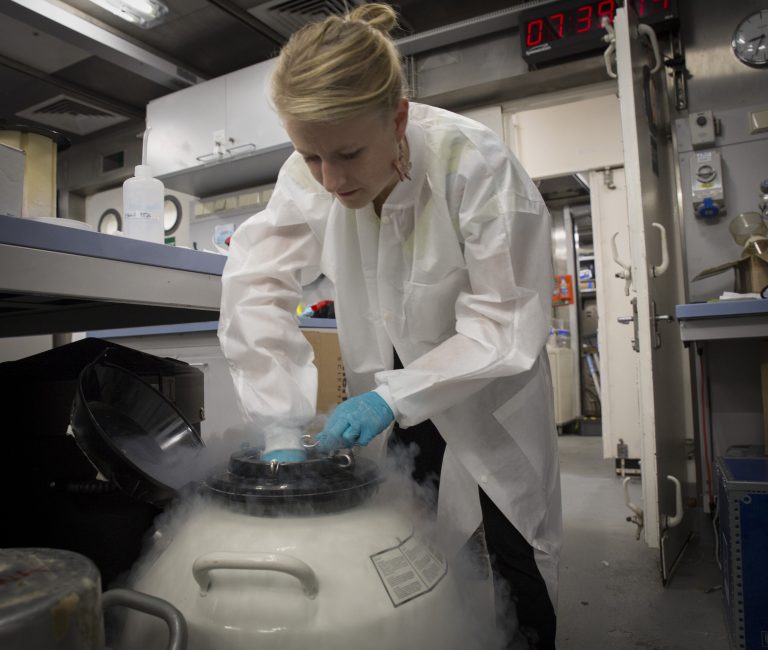
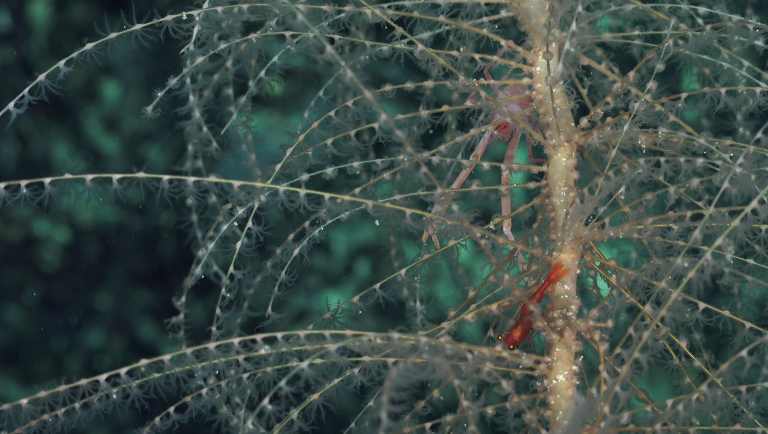
Ancient Immune Systems
Deep-sea corals living in PIPA may offer some of the most pristine examples of ancient immune systems, possibly unchallenged by surface pollutants and invasive non-endemic microbes. While on board the R/V Falkor, I am collecting seawater and corals for my Ph.D. research. Upon completion of this expedition in November, I will return to Harvard University to identify bacteria associated with coral tissues and seawater. I plan to predict microbe structures that may stimulate the coral immune system, and identify gene expression programs that correlate with immunity within corals that were collected within the borders of PIPA. I will use the knowledge gained from studying these deep-sea corals, and the microbial communities around them to reveal how microbial structures are able to promote coral self-repair and defense.
A Fascinating Challenge
Understanding how corals interact with bacteria in the deep sea is a fascinating challenge. Humans are explorers by nature, and history has offered countless examples of the benefits to society by exploration of the land, sky, space and sea. The deep sea represents perhaps the least explored area on the planet, and defining life in this environment will surely increase our understanding of the world. Second, the knowledge gained from my work may also have a practical benefit. For example, there exists a growing problem associated with the declining health of marine ecosystems and the animals which inhabit them. Microbial infections in shallow aquatic environments have been increasingly implicated in coral bleaching, the rise of disease, and mass marine mammal die-offs. These alarming observations raise the question: why is this happening at an accelerated rate? Several contributing factors have been identified, however we speculate that human impact has drastically shifted global shallow water microbial communities. By understanding bacteria-host interactions in remote and protected locations on the planet, such as the PIPA deep sea, we may be able to better explain the problems faced by marine life in other regions of the world.
